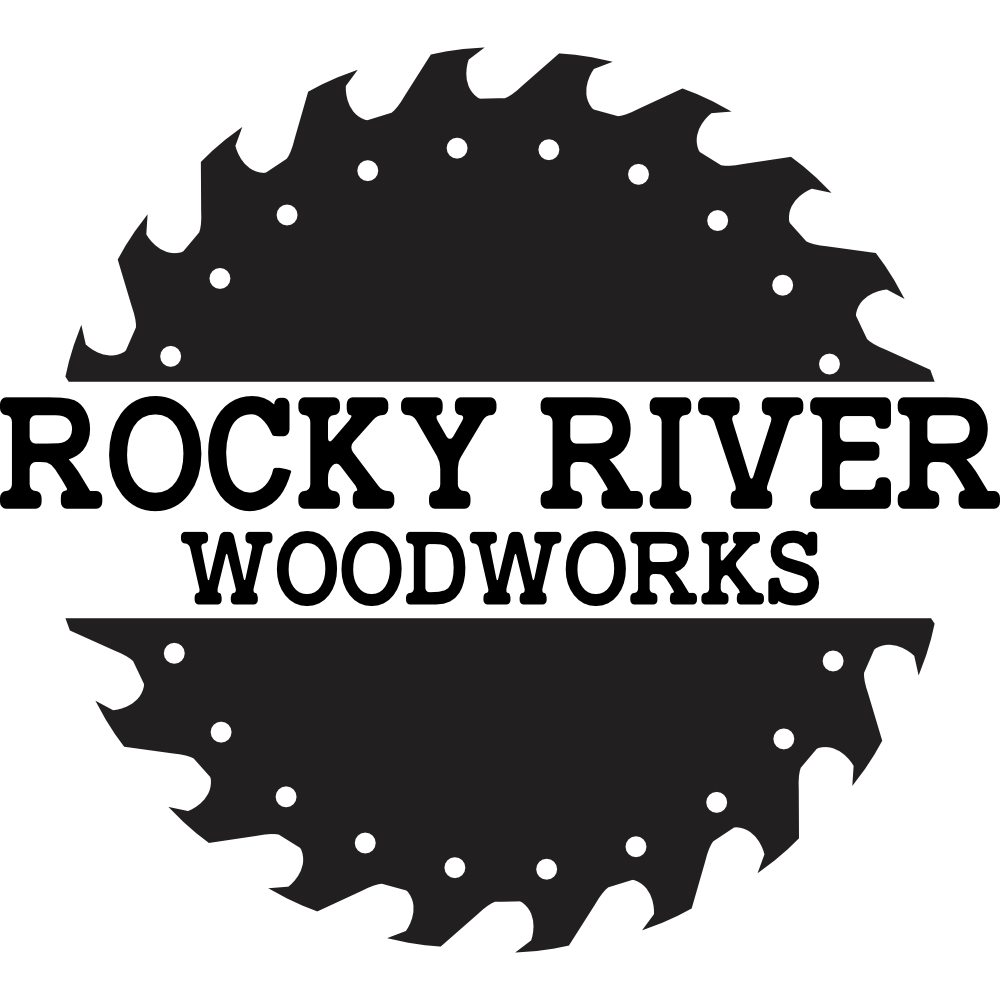What Are Hardwoods And What Are Their Characteristics?
In this article we are going to be looking at the benefits of different species of hardwoods. We are also going to be taking a look at some interesting facts about hardwoods while answering some of the most common questions about hardwoods.
There are many different kinds of species of hardwoods in the world today. Understanding them can be helpful in enabling you choose the best wood for your next project. Whether it’s building furniture or simply doing a DIY project, you want to make sure that you are happy with whatever choice you make.
Hardwoods are best known for their density and durability which makes them excellent materials for long-term projects. I have put together a plethora of information that will answer common questions about hardwoods such as; “What are they?”, the different species available, their uses, benefits, and the differences between hardwoods and softwoods.
What Are Hardwoods?
Simply put, hardwoods are trees which produce seeds and leaves. These trees usually don’t produce needles or cones. Scientifically, they are known as angiosperms or deciduous trees. However, there are several kinds of woods that are considered to be hardwoods even though they are not deciduous trees. Often, it’s because they have many of the same characteristics of hardwoods.
What Are The Different Types Of Hardwood?
Hardwoods can be vastly classified into three different categories. Namely: European, tropical, and temperate.
European Hardwoods
These kind of hardwoods are sourced from Germany, France, and Croatia. The most common European hardwoods are Oak and Beech. Oak can be used both inside and outdoors while Beech is more suitable for internal use.
Tropical Hardwoods
These kind of hardwoods originate from South America, Africa, and Asia. The most common types of tropical hardwoods are Sapele, Cumaru, and Kapa.
Temperate Hardwoods
These temperate hardwoods come from temperate forests which are located in the U.S., Japan, China, Canada, and some parts of Europe. Temperate species include Cherry, Ash, and Maple.
Species Benefits
Now that we are well acquainted with the different types of hardwoods, let’s take a look at the benefits of different species of hardwood.
Oak
Oak is popular for its strength and beauty. The benefit of Oak is that it’s priced mid-range and is available almost everywhere. It has excellent machining qualities as it’s strong and durable. It’s also a popular choice for structural use.
Maple
Maple is more expensive than Oak. Maybe because it’ heavy and extremely hard to cut through. It has a fine and uniform texture and is highly resistant to shock or shrinkage. It’s mostly used in handles for different kinds of tools such as chisels.
Cypress
Cypress is hard, durable, and close in grain. It has a characteristic fragrant scent. It’s easy to work with both hand tools and power tools. Benefits of Cypress include low shrinkage, resistance to temperature, humidity, and warping. It’s also resistant to insect infestations due to the existence of aromatic resins in it.
Lime
Lime is soft, has a lower density and weight, and seldom warps. For this reason, it’s considered one of the best woods for carving. The only downside to Lime is that it shrinks when exposed to dry air and it is prone to insect infestations.
Alder
Alder is light in weight and intermediate when it comes to strength. It’s low in shock resistance and has relatively low shrinkage. Its original color is white but it darkens when exposed to air.
Ash
Ash is a dense hardwood that’s stiff, heavy, and strong. It’s highly resistant to shock. The only downside to Ash is that it checks during drying.
Aspen
Aspen is lightweight, has a uniform texture, and is extremely resistant to insects. Due to it’s light weight, Aspen can be easily worked.
Birch
The Birch wood is extremely hard, heavy, and strong. It also has a strong resistance to shock. Unfortunately, it is susceptible to insect attacks and fungus. Additionally, it reacts to changes in humidity and temperature such as shrinking considerably during the drying process.
Poplar
Poplar is straight-grained which makes it uniform in texture. It’s moderately light in weight, moderate in shock resistance, moderately soft, and moderately low in strength. Although it has high shrinkage, it is not difficult to dry and remains stable after drying.
Meranti
Meranti is a popular hardwood from southeast Asia. It has excellent machining properties and has various applications such as veneers, picture frames, furniture, window frames, etc. It is highly durable against whether and thus can be used both indoors and outdoors. It can also be easily waxed, oiled, varnished, polished, or stained.
Sapele
Sapele has excellent machining properties. It can also be used for both external or internal projects as it’s durable against weather. It’s a popular choice for doors, picture frames, furniture, and skirting boards. Furthermore, it’s wood can be easily waxed, polished, oiled, stained, and vanished.
I hope that this article gives you some insight as to which hardwoods are best fit for your next project. If you have other suggestions or questions, feel free to leave them in the comments!

